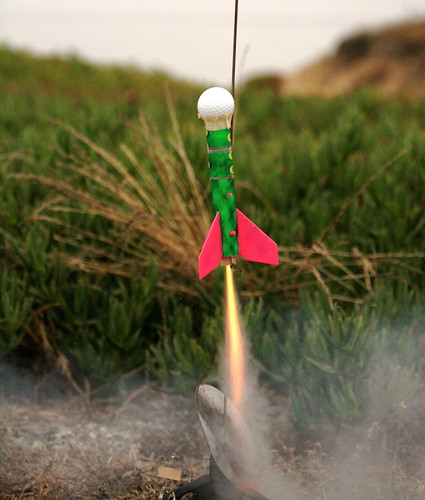
The Science and Technology Enrichment for Appalachian Middle-schoolers (STEAM) project has been bringing together graduate students, middle school science teachers and middle school students to improve student learning through games. As reported by Caitlin Bowling in The Post (Athens, OH), the project, begun in 2006, has Ohio University graduate students creating games and interactive digital experiments to help students learn concepts in science, technology and math. Currently, 6 Ohio middle schools and 8 teachers participate in the project.
Graduate students in engineering, computer science and software engineering not only create the games but bring them into the classrooms. Students enjoy the games so much, says Fellow Mark Smearcheck, that they play the games on weekends and compete to beat their friends' scores, all while learning and retaining complex scientific concepts. In "Mind Games: Technology in the Classroom," a video available on the STEAM homepage, the superintendent of the Southern Local Schools District, Cindy Hartman, explains her encounter with a student "who struggles some," and who she had worked with before, playing Star Life: "I looked at him and asked him how he knew all these complicated concepts and he got this big smile on his face and said, Well, I learned them, which seems like a really simple kind of response but it was wonderful."
A side benefit that doesn't escape the attention of the Fellows or teachers is the mentoring aspect of the Fellows' presence in the classroom. Students interact with "real-life" engineers who talk about their field and their projects and interests. They also bring the college experience to students in a district Hartman describes as poor and rural, students who may not have considered college as an option before. The Fellows not only motivate and inspire students but teachers, too. Angela Adams, eighth grade science teacher at Miller Middle School, says in "Mind Games" that before the collaboration, she used her computer solely for word processing and "some Internet." She has since expanded to creating and maintaining her own web site for classes and looks forward to using more technology in her science classroom.
Superintendent Hartman calls this project exactly what it is, "a wonderful collaboration and partnership between public schools and the colleges." At the SMART site, you can find two videos that introduce the project, "Interview with Cindy Hartman" and "Mind Games: Technology in the Classroom" and links to lists of participating Fellows and teachers. Don't miss the software releases page where all the games are--one goal for the project is to have teachers nationwide using the games in their classrooms. The games range from Ground Shakers (plate tectonics) to Fruit Fly Genetics to The Redi Experiment.
SOURCE: "Grad students play ‘virtual scientists’ for middle school students" 02/27/08
photo courtesy of NASA via Ping News, used under this Creative Commons license








